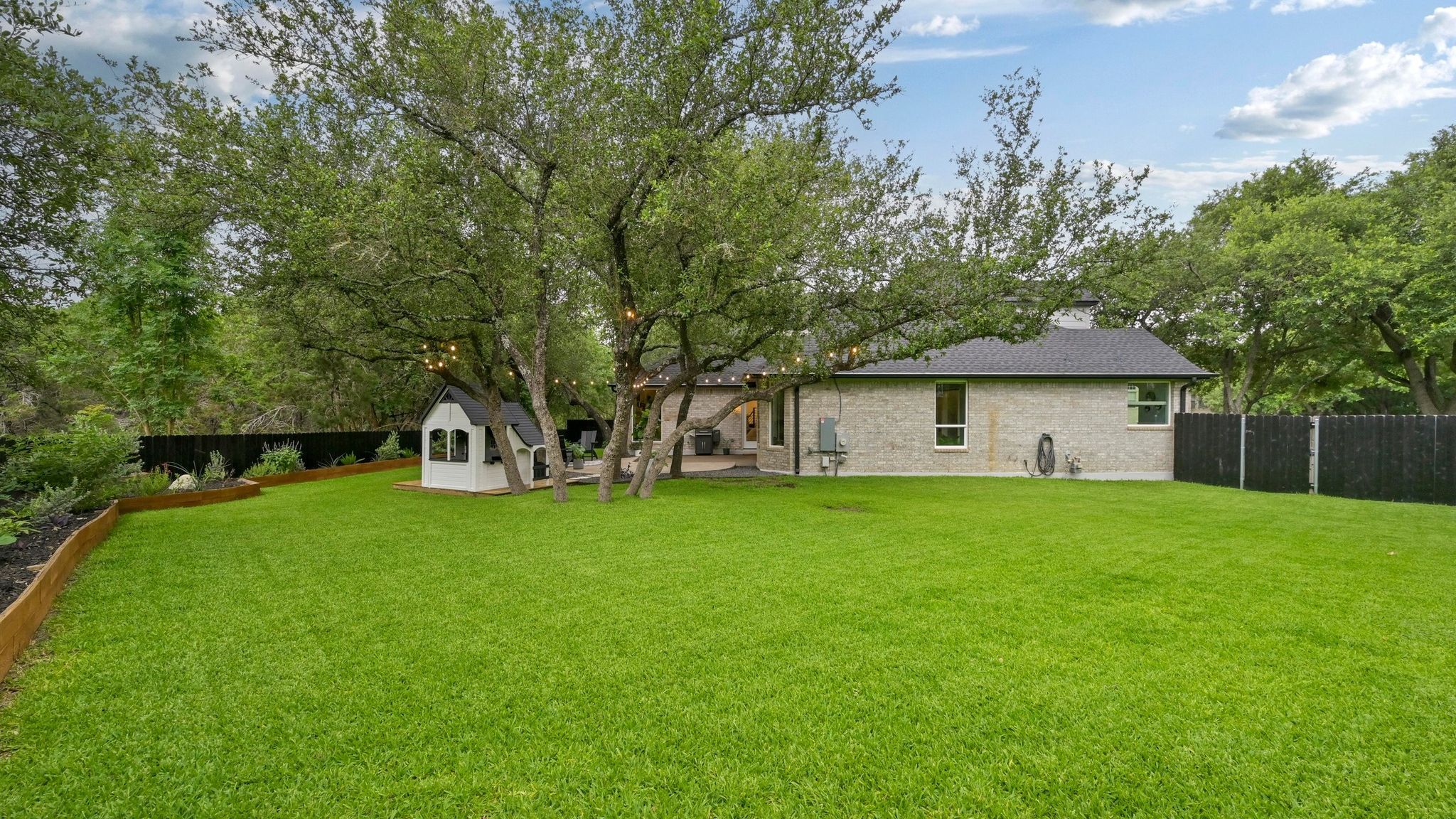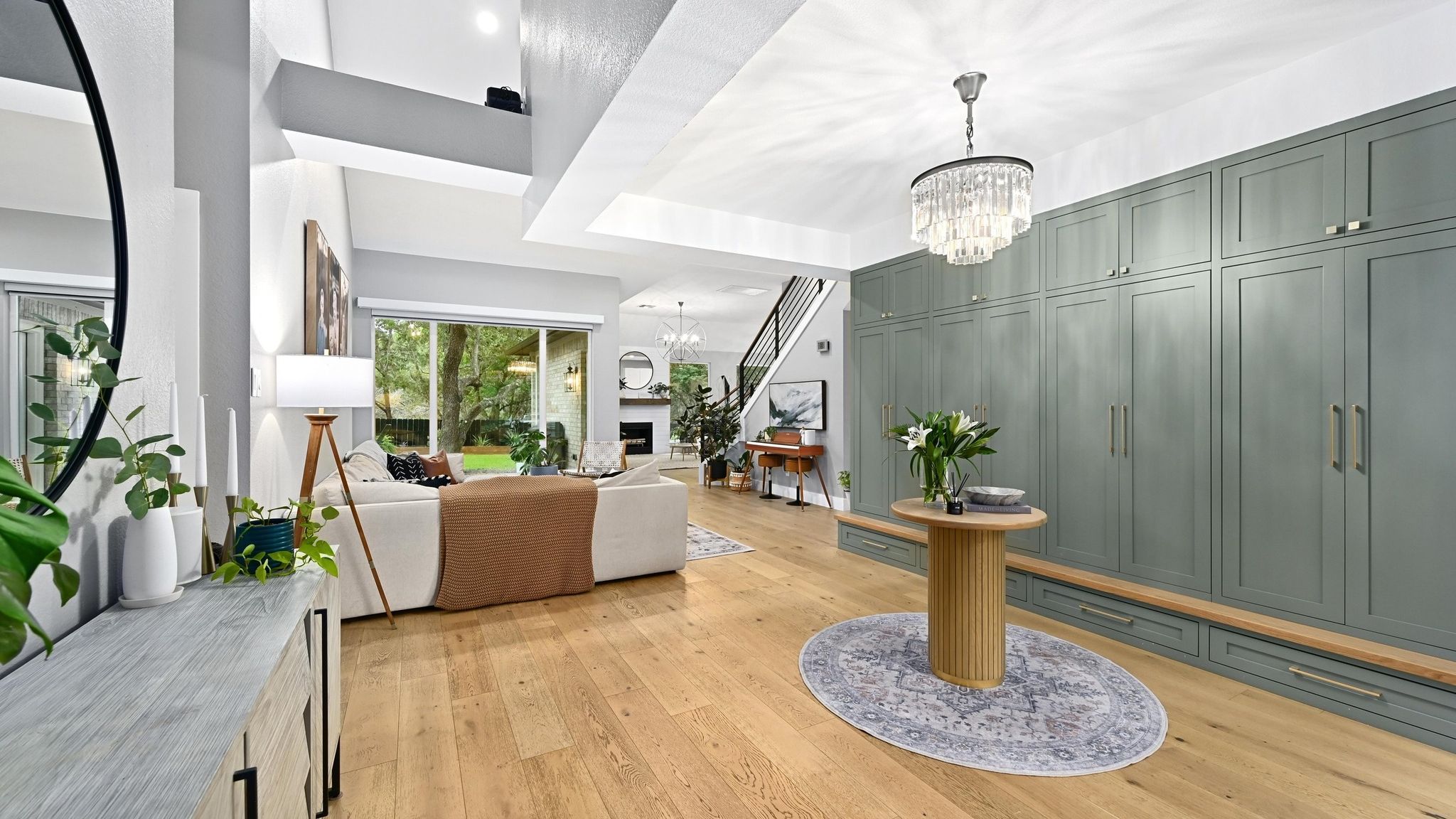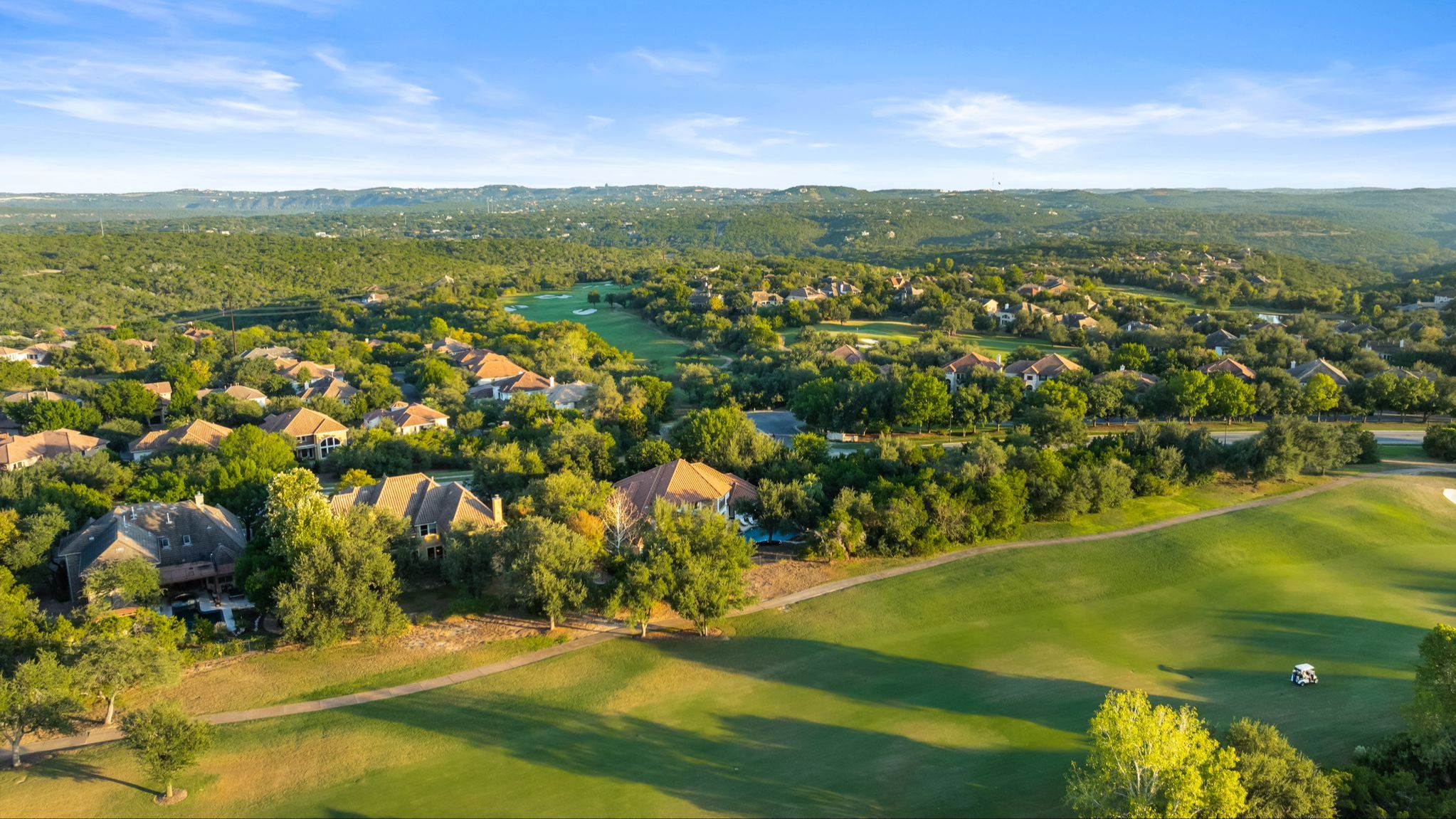Real Estate Lead Generation in 2025: Why Old Tactics Don’t Work Anymore
Oct 02, 2025
Real Estate Lead Generation in 2025: Why Old Tactics Don’t Work Anymore
Summary: Many agents still chase leads with old methods that don’t work anymore. In 2025, real estate lead generation comes from a simple weekly plan that connects open houses, off-market outreach, social media, YouTube ads, direct mail, and email into one system.
If you’ve noticed fewer calls from referrals or weaker results from one-off marketing, you’re not alone. The way people respond to real estate agents has changed. Real estate lead generation in 2025 depends on steady, repeated exposure in your neighborhood, not quick fixes or random tactics. This article shows why old methods faded and how to follow a simple weekly plan that creates conversations and listings.
Why Old Lead Generation Tactics Stopped Working
It used to be enough to send a postcard or make a few calls. But today, buyers and sellers see dozens of messages every day. A single touch no longer makes an impact. Here are the main reasons old approaches don’t work:
- One-off efforts fade fast: A single mailer or ad is forgotten within days.
- Generic content blends in: Market updates with no local meaning don’t get noticed.
- Referrals are slower: People move less often and research longer before they choose an agent.
To stand out, you need to be seen and remembered in your neighborhood every week.
The Neighborhood Expert System
The Neighborhood Expert System (NES) is built for agents who want predictable leads. Instead of random marketing, it connects six simple pillars into a repeatable plan:
- Open Houses – Meet active buyers and create conversations with future sellers.
- Off-Market Outreach – Targeted emails or cards to spark listing opportunities.
- Social Media – Short posts that neighbors actually care about.
- YouTube Ads – Inexpensive ads that keep you present in local households.
- Direct Mail – One consistent mailer each month that reinforces your message.
- Email – A short weekly note that builds trust over time.
These channels work together. Each one points back to the same simple message in your farm, so you feel familiar and reliable when someone is ready to act.
How the Weekly Plan Works
Instead of guessing, NES gives you a weekly rhythm to follow. In the Ramp-Up phase (first month), you set the foundation. After that, you move into the Core Weekly Plan that compounds over time.
Ramp-Up (First 30 Days)
- Secure one or two open houses each weekend.
- Send a small batch of off-market letters on nearby streets.
- Post three times on social media tied to your neighborhood.
- Launch two short YouTube ads at $10–$20/day.
- Prepare one monthly postcard with the same theme.
- Start sending a Friday email to your list.
Core Weekly Plan (Ongoing)
- Monday: Share a short market insight on social.
- Wednesday: Confirm your weekend open houses and record one quick video.
- Friday: Send your weekly “What I’m seeing” email.
- Weekend: Run your open houses and log new contacts.
When repeated, this plan makes you the agent people in your farm see everywhere, without adding stress or guesswork.
Open Houses: A Reliable Starting Point
Open houses work in 2025 when you pick the right ones. Choose homes that are new to the market and attractive for your neighborhood. Greet visitors, have a short conversation in the kitchen, and offer them something useful tied to your area. Follow up while details are fresh. Done this way, open houses are a steady source of new leads.
Off-Market Outreach: Creating Listing Opportunities
Owners in your farm may not be ready to list yet, but a thoughtful letter or card can start the conversation. Focus on streets where you already have activity. Share that buyers are looking for homes like theirs, and show that you understand the timing and needs of your neighborhood. This small step helps you uncover listings before they hit the market.
YouTube Ads: Stay Visible for Less
YouTube ads are one of the most affordable ways to stay in front of local households. Run two short videos at $10–$20 a day. Keep them 15–20 seconds long, and tie the message back to your weekly theme. Over time, people in your farm see you so often that you feel like the obvious choice.
Direct Mail: Reinforcing Your Message
Direct mail still works when it’s connected to your other channels. Send one postcard per month. Use the same headline your social and YouTube ads are using that month, and give readers one clear next step. That consistency is what makes your mail piece stand out.
Email: The Follow-Up That Builds Trust
Each Friday, send a short email called “What I’m seeing.” Write 3–5 sentences about what’s happening in your farm that week. Keep it conversational. Over time, this weekly note builds trust and keeps you top-of-mind for sellers and buyers.
Tracking What Works
Track only what shows real interest:
- Open house sign-ins and follow-up replies.
- YouTube ad views and clicks.
- Social replies and shares.
- Postcard QR scans or visits.
- Email replies or questions.
Each week, keep what worked and adjust what didn’t. This makes your plan better over time without adding complexity.
FAQs
How soon will I see results?
Most agents see traction within the first 4–6 weeks if they follow the plan. Listing appointments often appear in months 2–3 as people see your message repeatedly.
What if I have a small budget?
You can start lean. Two short YouTube ads, one postcard per month, and consistent social and email are enough to get started. The key is doing it every week, not how much you spend.
Do open houses still work in 2025?
Yes. Open houses give you face-to-face conversations that digital ads can’t. The key is choosing the right home and having a simple on-site flow that feels natural.
How big should my farm be?
Start small, around 1,500 to 2,500 homes. Add more only after you’ve been consistent for at least 90 days and can handle the extra workload.




Social Media: Simple Posts That Get Attention
Forget about viral content. Social works best when it’s short, clear, and local. Post three times a week around one theme:
This shows neighbors you’re active and paying attention to their area.